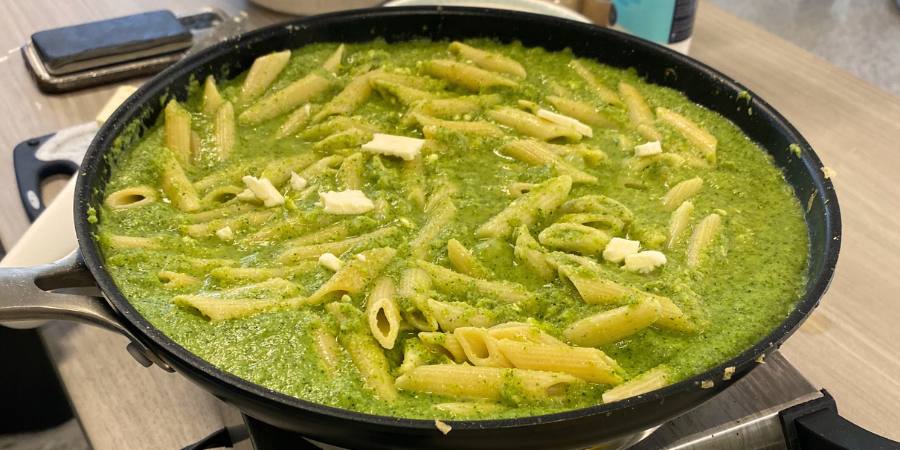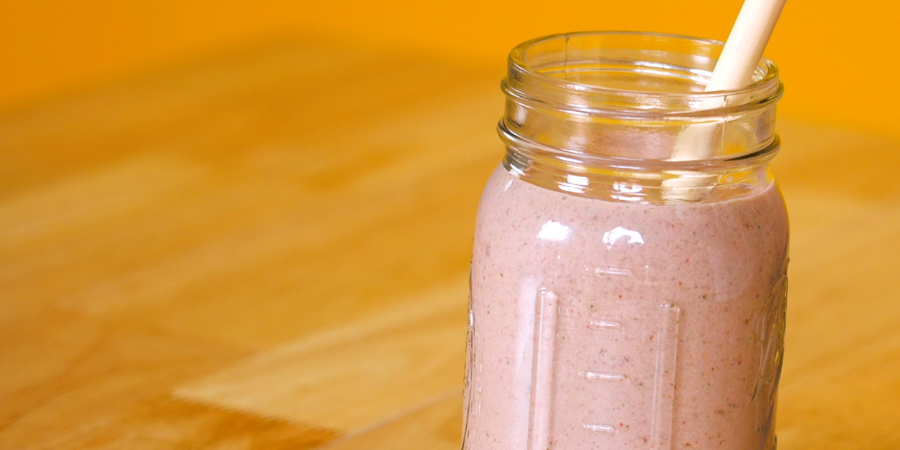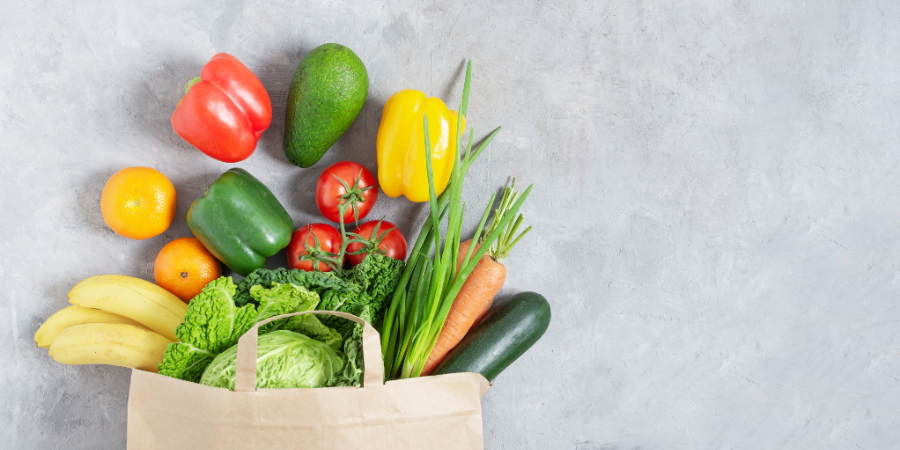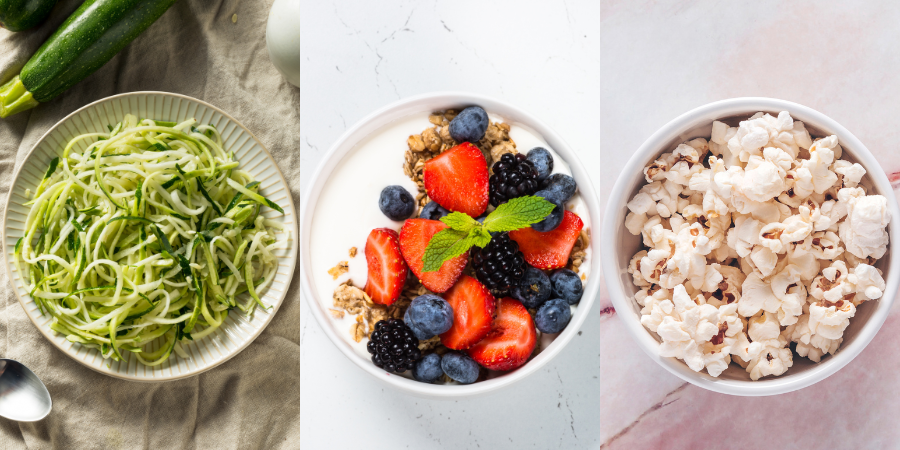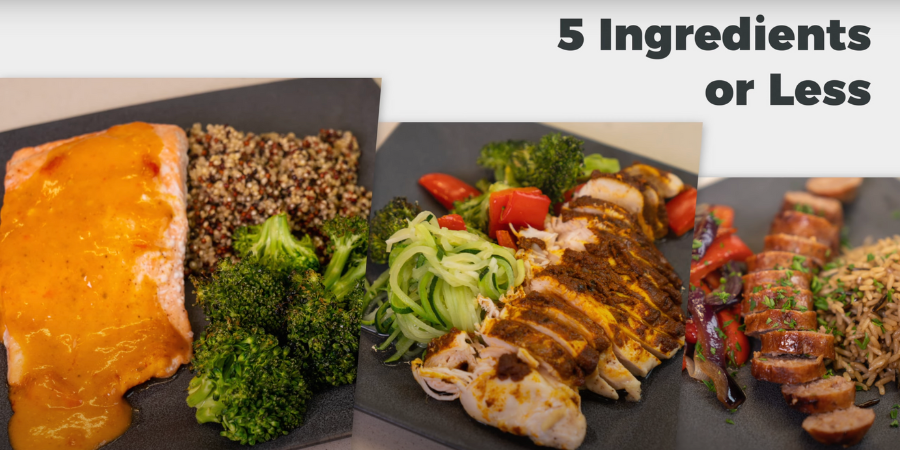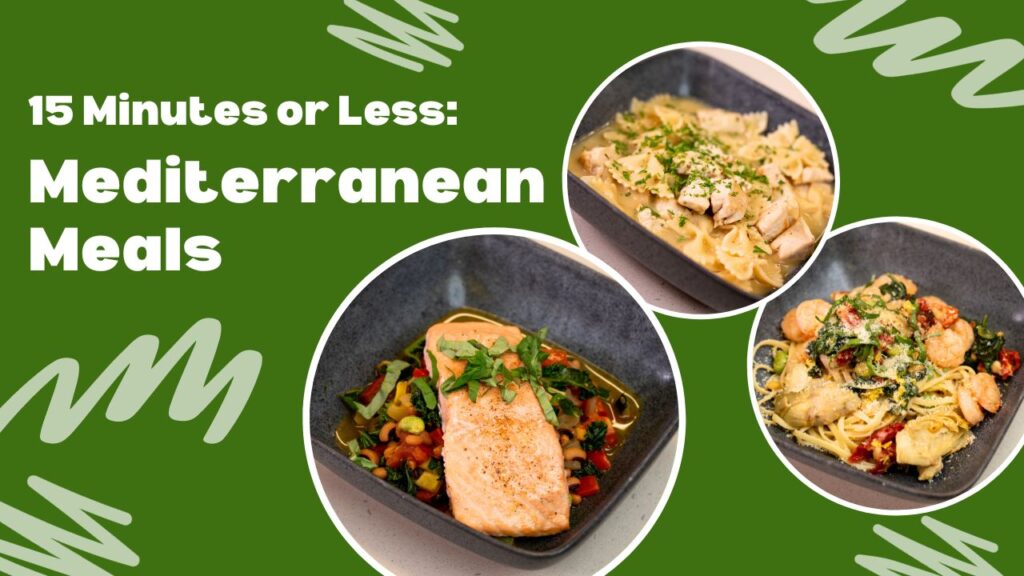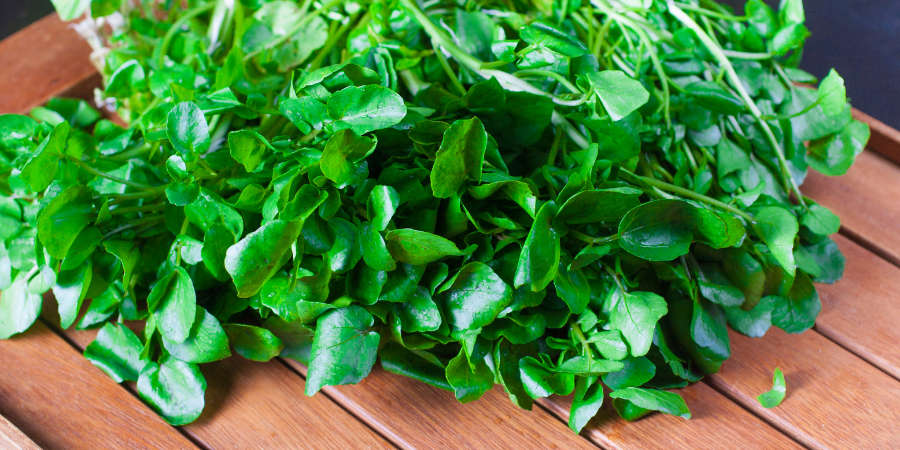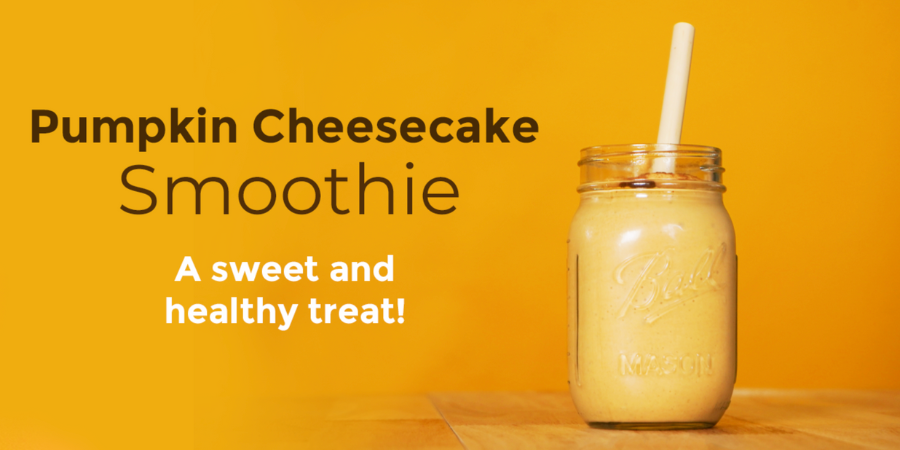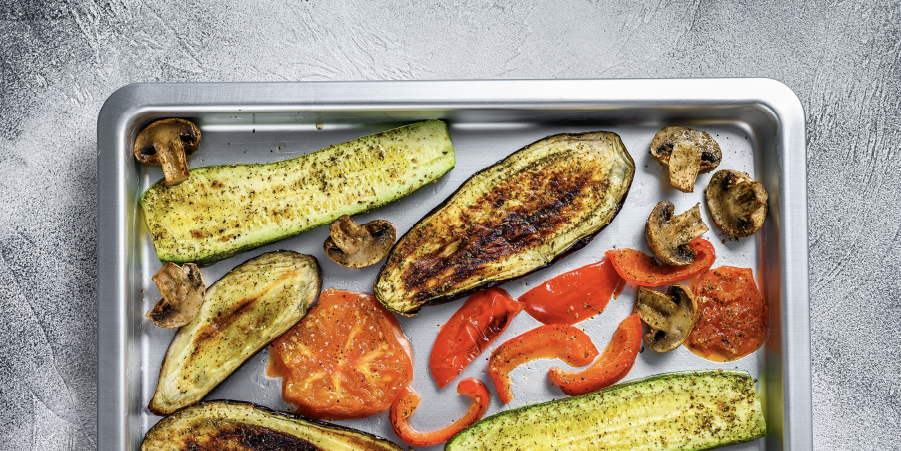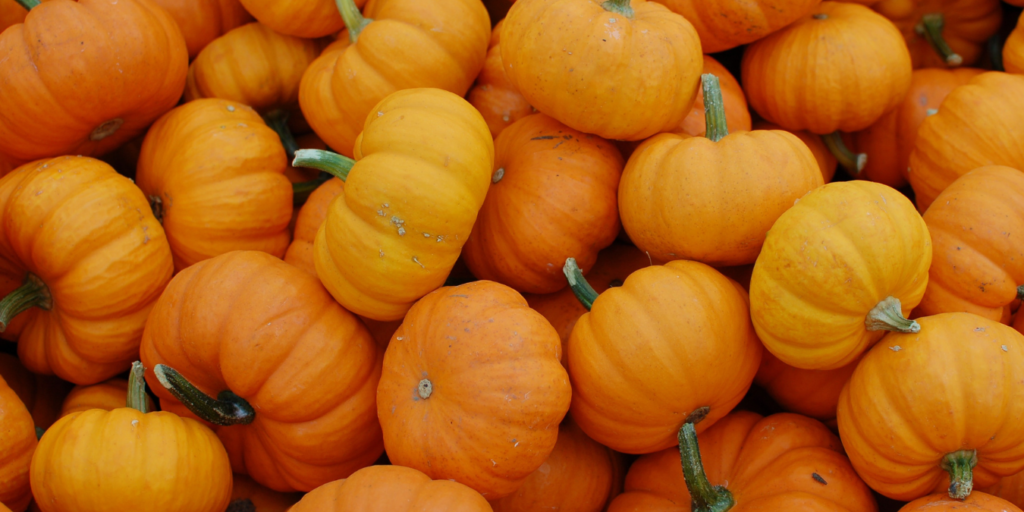From red marinara full of tomatoes to fresh basil pesto, pasta dishes are common in most households, but have you ever had green pasta sauce that’s loaded with healthy vegetables?
In the spirit of St. Patrick’s Day and National Nutrition Month, NCHPAD Registered Dietitian Emily McAllister has a fresh new green veggie pasta sauce recipe to add to your weekly routine!
Making your own pasta sauce at home is a good way to try something new, and you can make it to your preferred taste. When you make your own sauce, you can control what ingredients go in it instead of getting pre-made sauce that may be high in saturated fat. Store bought pasta sauces can also be loaded with sodium or sugar, depending on the brand.
With the right recipe, cooking at home is a fun and creative hobby that can add lasting health benefits! Try this sauce below and see if it becomes your new go-to recipe!
The Recipe:
Ingredients: (5 servings)
- 12 oz pasta (we used penne noodles)
- 1 tbsp olive oil
- 1 diced yellow onion
- ½ tbsp minced garlic
- 2 cups broccoli florets
- 1 cup frozen peas
- 1 cup spinach (or kale)
- 1 cup fresh basil
- ¼ cup fresh parsley
- 1 cup original almond milk (or soy milk/1% regular milk)
- 1 cup vegetable broth
- 3 tbsp lemon juice
- 1 tsp salt
- Pinch of pepper
- ½ block of soft feta (or any cheese you like)
Directions:
- In a pan on medium heat, saute garlic, onion, broccoli, peas, spinach and olive oil for about 10 minutes until veggies are tender.
- Add sauteed veggies into your blender or food processor with basil, parsley, milk, broth, lemon, salt, pepper and blend!
- Begin melting feta on the same pan.
- Pour the sauce back into the pan and continue melting cheese until the sauce becomes creamy.
- Pour sauce over pasta and enjoy!
*feel free to season with onion powder and garlic powder!
Nutritional Benefits
- Spinach is rich in iron, calcium, magnesium and necessary vitamins A, C and K.
- Peas are a good source of zinc, vitamins C and E, and other immune-boosting antioxidants.
- Vegetable broth is often high in fiber and lower in fat compared to other broths.
- Broccoli is rich in vitamins and minerals, good for heart health and has nutrients that reduce inflammation.
- Depending on the type of almond milk, it can be lower in calories and carbs than milk from a cow and be a good source of magnesium and vitamin E.
- Extra virgin olive oil is full of antioxidants and contains healthy fats.
Move out of your comfort zone and try some new recipes with us this month and experience the joy of cooking!

